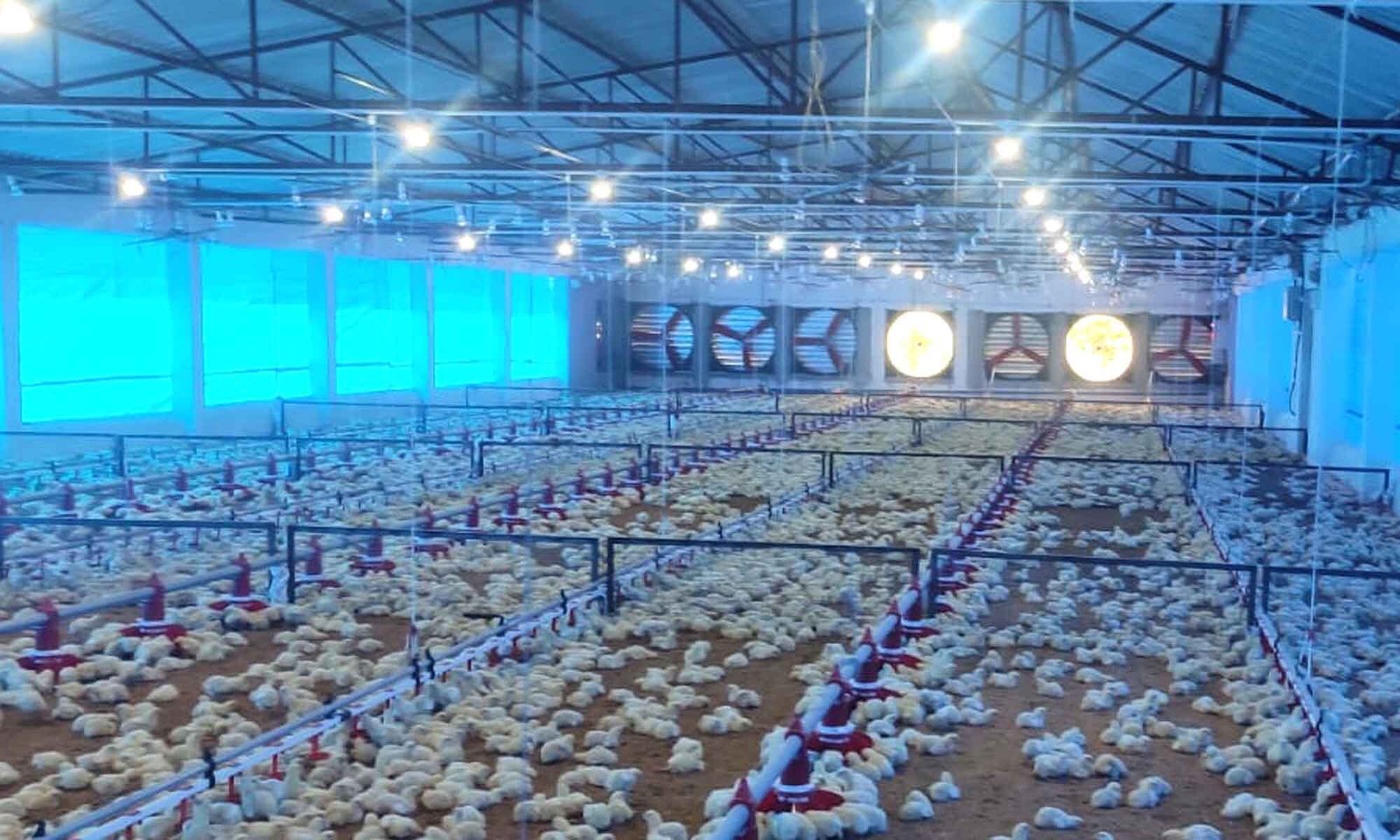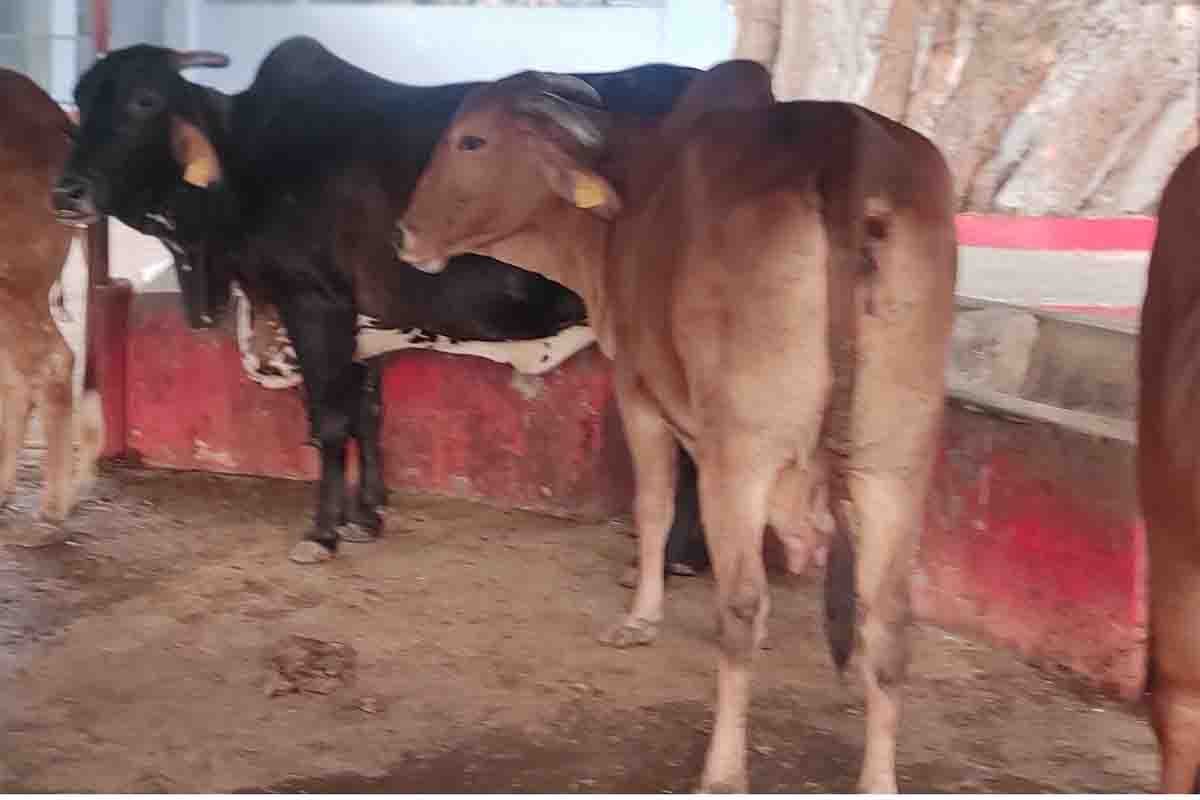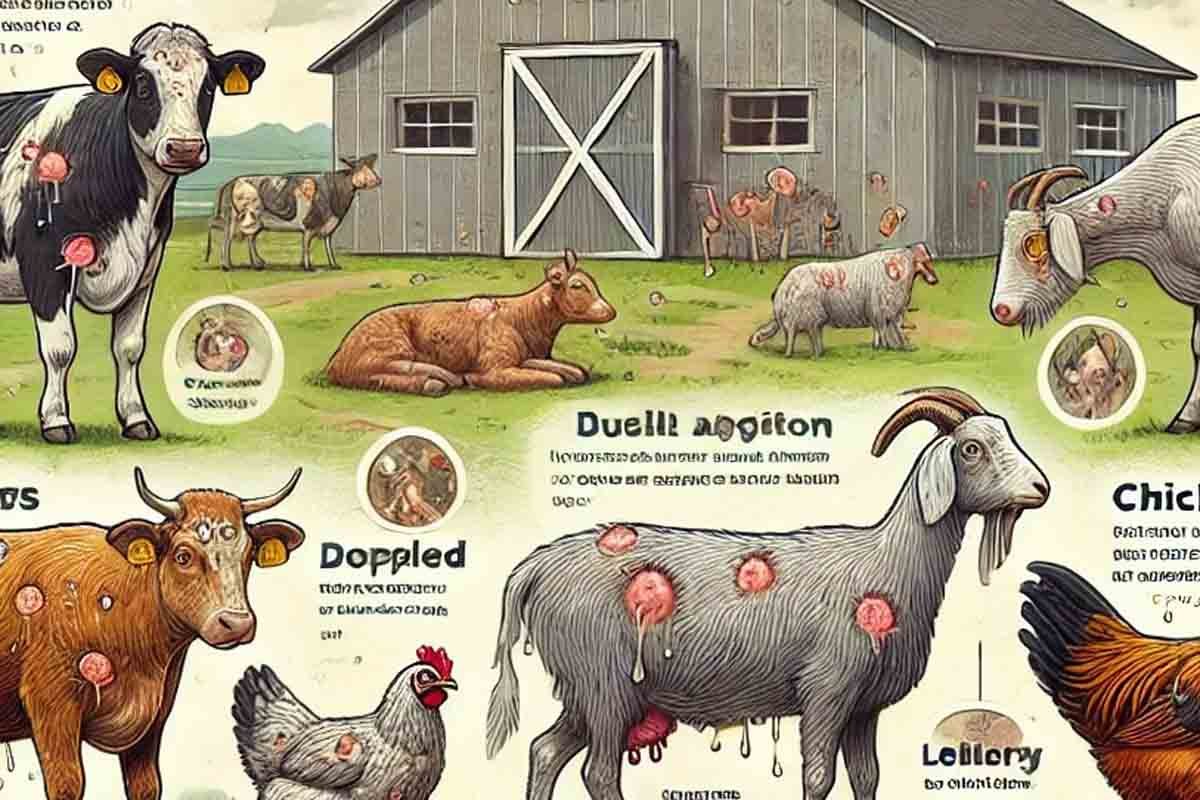Starting a livestock business demands a comprehensive understanding of various factors that influence the success and sustainability of the venture. One of the most critical mistakes that budding livestock farmers often make is the lack of thorough research. This encompasses several key areas, including animal husbandry practices, market demand, and adherence to local regulations. Entering the livestock industry without adequate preparation can lead to significant setbacks and financial losses.
Firstly, animal husbandry is at the core of any livestock operation. New farmers frequently underestimate the specific needs of different livestock species, which can range from feeding and health management to breeding practices. Each type of animal—be it cattle, pigs, sheep, or poultry—requires tailored care and expertise. Familiarizing oneself with the best practices in animal care not only promotes healthy livestock but also enhances productivity and profitability. Neglecting this aspect often results in poor animal performance, increased veterinary costs, and diminished yields.
Moreover, understanding market demand is essential for stabilizing the business in a competitive environment. Many new farmers fail to research the current trends and preferences of consumers regarding different livestock products. This lack of insight can lead to overproduction of less-demanded products or undersupply of popular ones, ultimately affecting financial viability. Conducting thorough market research helps align production strategies with consumer expectations and can significantly boost sales.
Finally, being unaware of local regulations can be detrimental. Livestock businesses are subject to several laws concerning animal welfare, land use, and environmental impact. It is vital for new farmers to familiarize themselves with these regulations to avoid potential legal complications or fines. In essence, a well-researched foundation can prevent common pitfalls and position new farmers for long-term success in the livestock industry.
Poor Financial Planning
Entering the livestock business can be a rewarding endeavor, but many aspiring farmers often fall prey to poor financial planning. Robust financial management is essential in any agricultural venture, particularly in a sector as variable as livestock farming. A comprehensive business plan serves as the foundation for this financial strategy. It is crucial for entrepreneurs to budget carefully, taking into account both fixed and operational costs associated with raising livestock.
Operational costs in livestock farming can include feed, veterinary care, transportation, and facility maintenance. Without a clear understanding of these expenses, it is easy for new farmers to underestimate their financial requirements. Furthermore, anticipating unforeseen expenses is equally important. Whether dealing with unexpected veterinary bills, fluctuating feed prices, or adverse weather conditions, having a financial buffer is essential to navigate these challenges smoothly. A detailed budgeting process can help farmers prepare for these uncertainties and avoid financial strain.
Additionally, seeking financing options can bolster a livestock business. Farmers may consider loans, grants, or partnerships to secure the necessary capital for startup costs and ongoing operations. It is advisable to research various financing avenues, understanding the terms and implications of each option. This research, coupled with a well-structured financial plan, can lead to better decision-making and a higher likelihood of success.
A financial buffer is particularly vital for managing cash flow effectively. By setting aside funds for unexpected expenses or fluctuations in revenue, farmers can ensure that their operations remain stable even during tough times. Overall, avoiding common financial missteps is key for those looking to thrive in the livestock industry and achieve long-term sustainability.
Ignoring Animal Health and Welfare
Starting a livestock business can be a rewarding venture; however, one of the most critical aspects that new business owners often overlook is the health and welfare of their animals. Ensuring that livestock are healthy is not only a legal obligation but a fundamental principle that influences productivity and profitability. Neglecting animal health can lead to several negative consequences that may ultimately jeopardize the sustainability of the business.
One of the essential practices in maintaining animal health is scheduling regular veterinary check-ups. The absence of consistent health evaluations can result in undiagnosed diseases that can spread quickly among livestock. Additionally, timely vaccinations play a vital role in preventing a range of illnesses. New livestock owners should familiarize themselves with vaccination schedules specific to the livestock they are managing to avoid outbreaks that could decimate their stock.
Proper nutrition is another critical factor in ensuring the well-being of livestock. Different species and breeds have unique dietary requirements, and it is imperative that these needs are met to promote optimal growth and prevent health issues. Inadequate nutrition can lead to underperformance, increased susceptibility to diseases, and decreased reproductive success, all of which can detrimentally affect the financial returns of a livestock operation.
Moreover, maintaining a clean and safe living environment is crucial for animal welfare. Poor sanitation can lead to the spread of infectious diseases and parasites, which may not only impact animal health but can also have legal implications for the owner. Many regions have stringent regulations governing livestock welfare, and non-compliance can result in fines or even the forced closure of the business.
In summary, neglecting the health and welfare of livestock can lead to significant issues such as decreased productivity, legal complications, and ethical concerns. Therefore, new livestock business owners must prioritize animal health through veterinary care, proper nutrition, and a clean living environment, establishing a strong foundation for a successful operation.
Underestimating the Importance of Networking
Starting a livestock business can be an exciting venture; however, new entrepreneurs may inadvertently overlook the value of networking within the agricultural community. Establishing and nurturing relationships with fellow farmers, suppliers, and buyers is a necessary strategy that can facilitate business growth and sustainability. The livestock industry thrives on connections, and effective networking can provide invaluable resources and opportunities for newcomers.
Joining local farming groups is a vital step toward building a robust network. These organizations often offer access to a wealth of knowledge, shared experiences, and insights into market trends. Engaging with other members can also lead to collaborative opportunities, allowing farmers to share resources, such as equipment or labor, thereby reducing operational costs. Additionally, local farming groups often organize workshops and seminars that can help entrepreneurs stay updated on best practices and emerging technologies in livestock management.
Networking extends beyond just peer interactions; establishing connections with suppliers and buyers is equally critical. Reliable suppliers can offer quality feed, veterinary services, and essential livestock materials, all of which are crucial for the success of a livestock operation. Conversely, building relationships with consumers ensures a steady market for the farm’s products. By attending agricultural fairs, farmers’ markets, and industry conferences, newcomers can interact directly with potential buyers, gaining insights into consumer preferences and expectations.
Mentorship also plays a transformative role in navigating the complexities of a livestock business. Experienced farmers can provide guidance through challenges and help novices avoid common pitfalls. By seeking out mentorship opportunities, newcomers can benefit from the wisdom of seasoned professionals, ultimately fostering a stronger foundation for their ventures. Investing time in building a network is crucial for anyone entering the livestock industry, as these relationships will not only enhance their knowledge but also support long-term business success.



